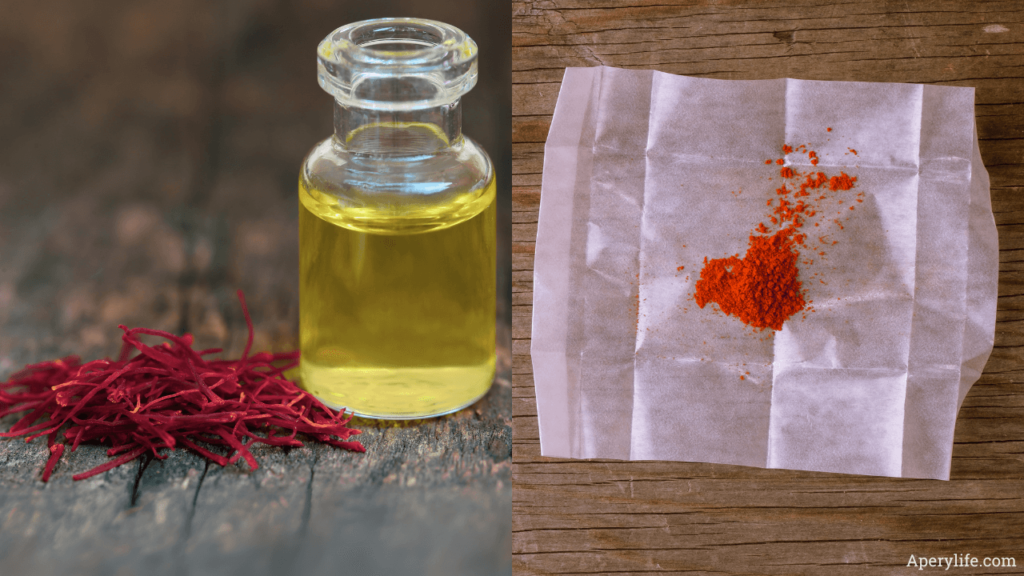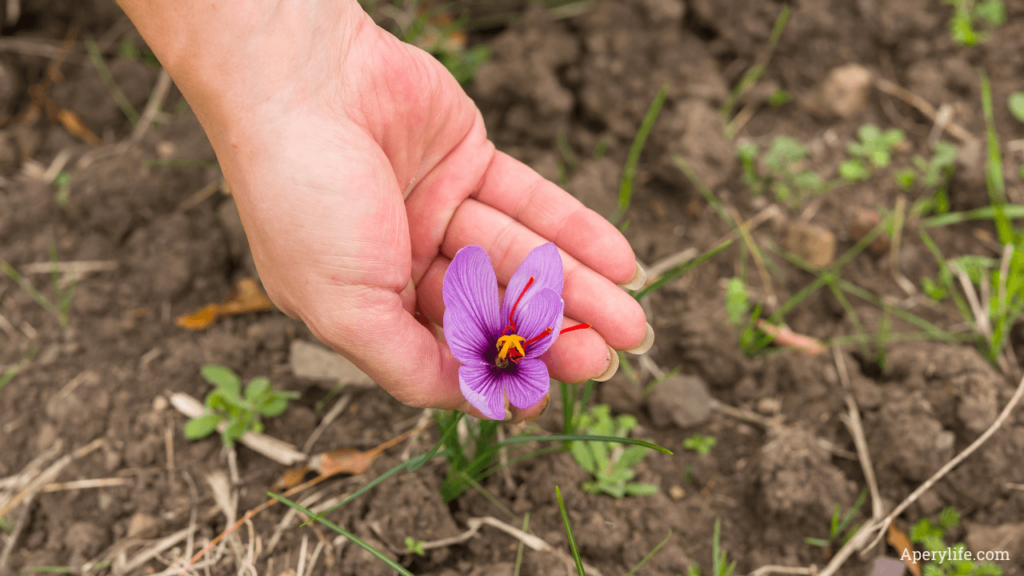Introduction
Saffron (Crocus sativus) is known as “red gold” for its vibrant color, unique flavor, and high economic value. This precious spice, used for millennia, symbolizes refinement and tradition in cooking. Originating from Asia Minor, saffron is now cultivated in many countries, with Italy, Spain, and Iran among the leading producers. Its unmistakable aroma and numerous benefits make it an indispensable ingredient in both sweet and savory dishes.
Characteristics of the Plant
Saffron comes from the dried stigmas of the crocus flower, a plant belonging to the Iridaceae family. Here are some key features:
- Flowers: Violet or lilac in color, each flower produces three red stigmas, which are used to make the spice.
- Growth: It is a perennial herbaceous plant that thrives in temperate climates and well-drained soils.
- Production Cycle: Harvesting is done manually, usually at dawn, to preserve the integrity of the stigmas. This labor-intensive process contributes to its high cost.
Nutritional Properties and Health Benefits
Saffron is not only a spice with an intense flavor but also offers numerous health benefits thanks to its bioactive compounds:
- Natural Antioxidants: Rich in crocin, crocetin, and safranal, it helps combat oxidative stress and protect cells from free radicals.
- Anti-inflammatory Properties: Can help reduce inflammation and chronic pain.
- Mood Enhancer: Considered a natural antidepressant due to its ability to stimulate serotonin production.
- Memory Support: Some studies suggest that saffron may have positive effects on memory and cognitive decline prevention.
- Digestive Aid: Promotes digestion and alleviates issues like bloating and abdominal cramps.

Culinary Uses
Saffron is a versatile spice capable of transforming dishes with its golden color and unique aroma. Here are some of its common uses:
- Main Courses: Essential for dishes like Risotto alla Milanese, as well as soups and pastas.
- Meat and Fish: Perfect for flavoring stews, roasts, and fish dishes.
- Desserts: Used in preparations like ice creams, creams, and cakes to add an exotic touch.
- Beverages: Ideal for relaxing herbal teas or as an ingredient in refined cocktails.
- Bread and Baked Goods: Often added to doughs for bread and focaccia for a unique flavor.
How to Cultivate Saffron
Growing saffron requires patience and attention, but it is a rewarding activity:
- Climate and Position: Thrives in temperate climates and sunny locations.
- Soil: Needs well-drained soils rich in organic matter.
- Planting: Bulbs are planted in summer, spaced about 10 cm apart.
- Watering: Requires moderate watering, avoiding waterlogging that can damage the bulbs.
- Harvesting: Flowers bloom in autumn and must be manually picked at dawn to preserve the stigmas.
- Drying: Stigmas are dried immediately after harvest to retain their aroma and properties.

Fun Facts About Saffron
- A Precious Spice: It takes about 150,000 flowers to produce just one kilogram of saffron.
- Historical Use: Saffron was already used by the ancient Egyptians as a dye and in traditional medicine.
- Symbol of Luxury: In ancient Rome, it was considered a symbol of wealth and was scattered on beds and in theaters as a perfume.
- Italian Production: Italian saffron is among the most prized worldwide, with regions like Abruzzo, Sardinia, and Umbria boasting a long tradition of cultivation.
Precautions
Saffron is safe when consumed in moderate doses, but excessive consumption can cause side effects such as nausea or headaches. It is recommended to use it sparingly, not only due to its high cost but also to avoid overdosing.
Conclusion
Saffron is an extraordinary spice capable of enriching dishes with its unique flavor and color while offering numerous health benefits. Whether used in cooking or cultivated with passion, saffron represents a true natural treasure, a symbol of luxury and tradition.
All rights reserved © Copyright Aperylife.com